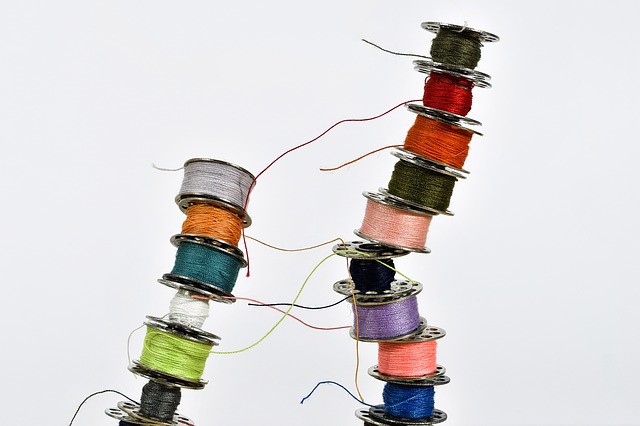Even pop culture has responded to women’s concerns: take the TLC music video for the song “Unpretty,” for example, which shows a woman tempted to have breast surgery simply to please the demands of a boyfriend but who then decides against it. Yet while The Beauty Myth has definitely empowered many girls and women easily to critique mass culture’s ideals, there are many ways in which that one step forward has been tempered by various steps back.

When this book was first written, in 1991, silicone breast implants were routinely inserted into women’s bodies, and pornography was influencing popular culture in such a way that women were newly anxious about the size and shape of their breasts. If it seems odd that an anxiety, such as one about breast shape, for example, can arise and flourish among millions of women at once, think about how powerful sexual imagery is. Because of the new influence of pornography on fashion, millions of women were suddenly seeing “the perfect breast” everywhere and, consequently, started to worry about their own, naturally “imperfect” breasts.
The phenomenon persisted until the focus of the beauty myth moved on to the next anxiety. Many women responded to this new breast ideal by scheduling breast implant surgery, while advertisers for the surgery became a new ad market for women’s magazines, which, as a result, ran one uncritical “puff piece” after an other on breast operations. When The Beauty Myth raised the alarm about silicone’s—and the surgery’s—side effects, there was very little general awareness of its dangers.

